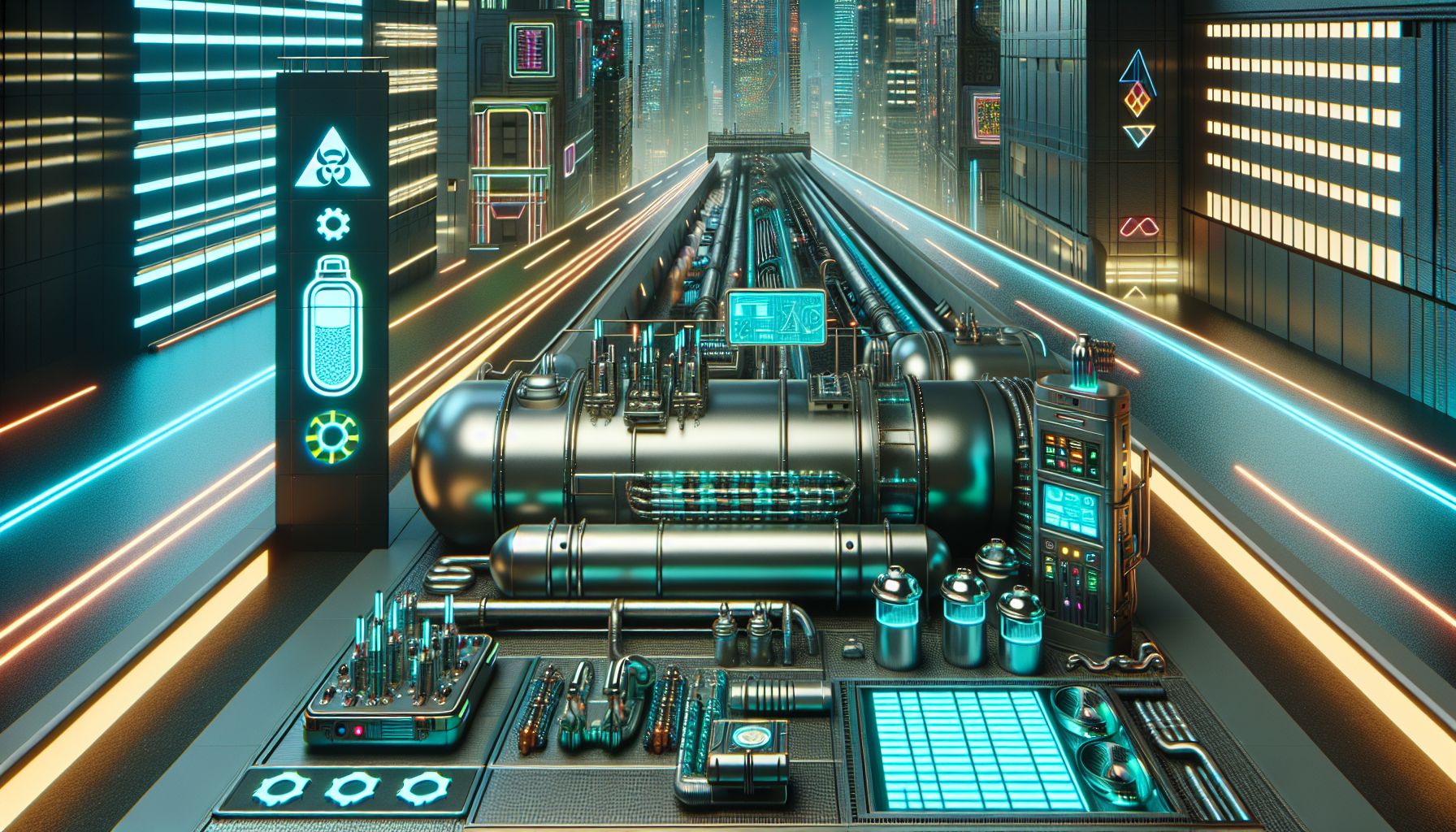Hydrogen Economy Faces Challenges Amid Drive for Green Transition

London, Wednesday, 29 January 2025.
The hydrogen economy is stalled due to financial woes and strategic hurdles, with grey hydrogen still dominating. New strategies and infrastructure are vital for a greener shift.
Current State and Critical Phase
I’ve been closely monitoring the hydrogen sector, and the situation is quite striking. As of early 2025, only 2% of expected low-carbon hydrogen capacity is operational [4][5]. The market is particularly concerning when you consider that global hydrogen production in 2023 resulted in a staggering 920 million tons of CO2 emissions [1]. While the industry aims for significant green hydrogen deployment, about 83% of anticipated low-carbon capacity by 2030 remains in development [4].
Investment and Infrastructure Challenges
The numbers I’m seeing are worrying - across Europe, only 3% of announced projects received final investment approval in 2024 [1]. This translates to a production capacity of 300,000 tons of decarbonized hydrogen, falling dramatically short of the EU’s 10 million ton target for 2030 [1]. The infrastructure gap is particularly concerning, with a pressing need for expanded distribution networks and electrolyzer facilities [4][5].
Market Dynamics and Competition
I find it particularly noteworthy that we’re seeing increased pressure from China, which has taken a significant lead in production and technology integration [1]. The oil and gas industry continues to be the primary driver of hydrogen demand, though we’re seeing emerging interest from metallurgy, power generation, and transportation sectors [4]. Wood Mackenzie predicts an acceleration in low-carbon hydrogen and ammonia sectors in 2025, with particular focus on blue hydrogen growth in the US [4].
Future Outlook and Solutions
Looking ahead, I can tell you that regulatory intervention might be key to market development. For instance, Europe’s aviation sector will require 1.2% of fuels to include hydrogen-based synthetic components by 2030, increasing to 35% by 2050 [1]. Nearly 75% of recent low-carbon hydrogen projects are still in the feasibility stage [4][5], indicating significant potential for growth if we can overcome current obstacles like high costs and uncertain public subsidies [1].